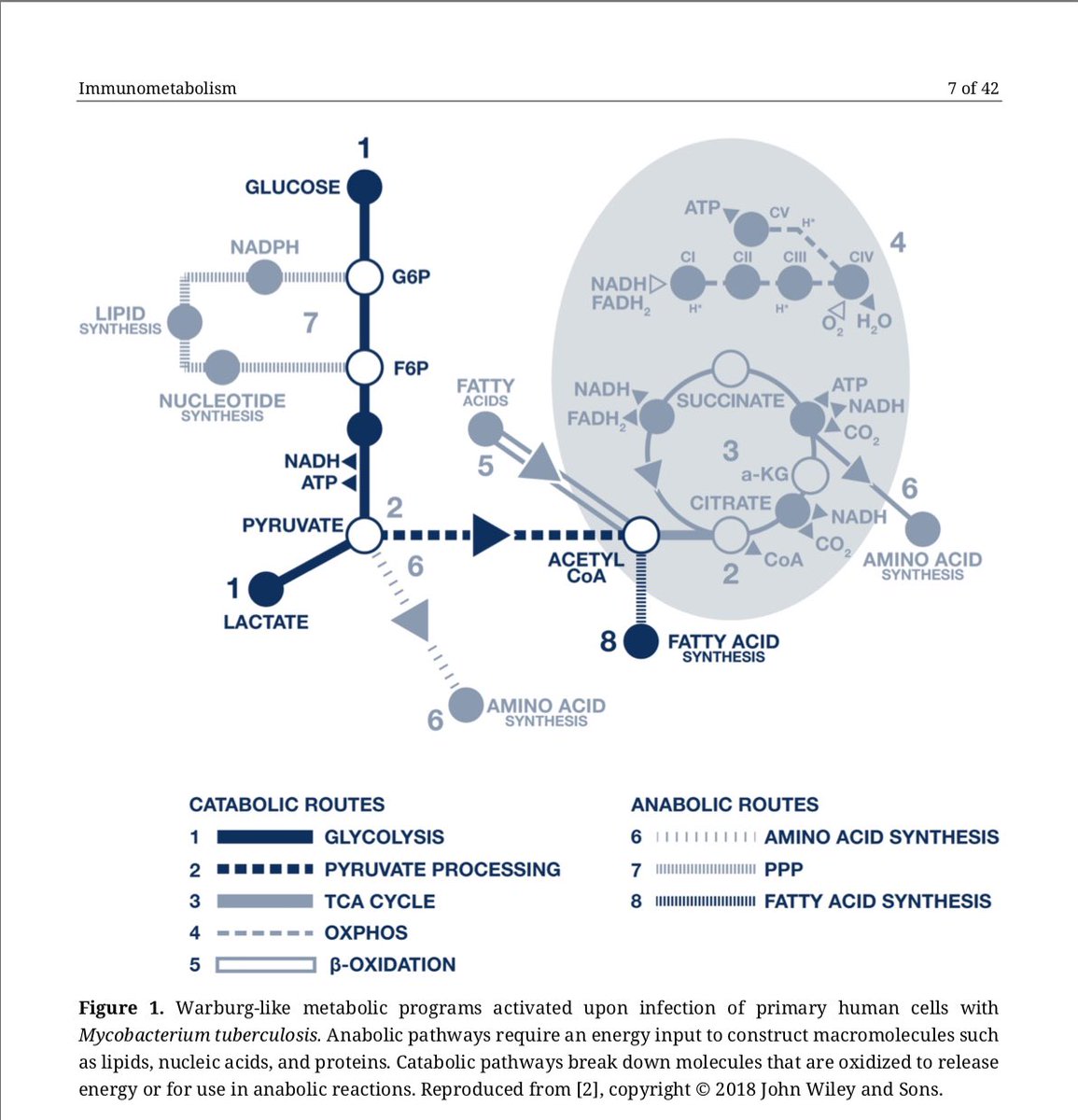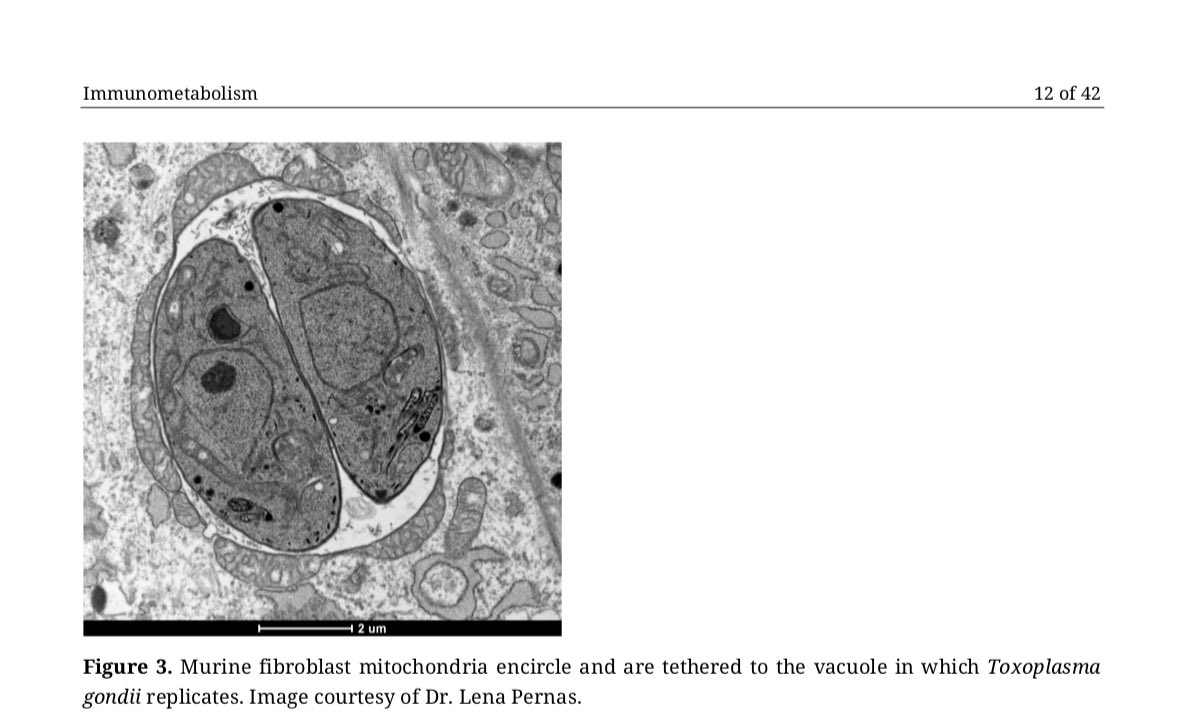
In a meeting I watched today, microglia priming was mentioned in #LongCovid and #ME/CFS. It’s important to clarify what “microglia priming” means. Microglial priming does not mean that after a trigger has “cleared” microglia remain perpetually activated
2/ Instead, microglia priming goes like this 👉 When microglia or other glial cells detect #infection, injury, or inflammatory mediators, they enter a state of activation in which they change morphology and release their own neuroexcitatory inflammatory mediators
3/ Then, after activating, they retain a “primed” functional state which causes an even more robust response to *subsequent* infectious/immune/#inflammatory challenges. And as cells, microglia live long lives (they are not replaced as often as many other cell types)
4/ So microglia can remain in a “primed” state over long periods of time, but there needs to be subsequent infectious or inflammatory events that drive primed microglial cells into a hyperactivated state
5/ If a person doesn’t fully clear an infection (#SARS-CoV-2 or other neurotrophic pathogens) from the brain itself, that will sustain microglia activation. Brainstem compression (aka CCI) can also act as an #injury-based stimulus of microglial activation
6/ However microglial activation can also be sustained by other inflammatory/infectious events outside the #brain. That’s b/c the vagus #nerve (which connects to the brainstem) extends into most organs of the body
7/ If the vagus nerve senses #inflammation (especially cytokine activation) in these other body sites, it signals to the brainstem in a manner that generates a “mirror response” of microglia activation in the brainstem itself
8/ Inflammatory event in the periphery of the body that can be sensed by the vagus nerve to cause this microglia “mirror” response in the brainstem include acute/ongoing infections, #microbiome dysbiosis, injury etc.
9/ Again it is the collective nature of these different microglia-activating events that leads to a primed state. The first “hit” makes the activated microglia respond more dramatically to the second, causing more profound #neuroinflammation
10/ That’s why it’s no suprise that many #ME/CFS and even #LongCovid patients report multiple “hits” in their cases. A #brain injury and an infection. Or gut micorbiome dysbiosis and mold exposure. Each of these might converge to drive microglial priming
11/ To better understand what I’m saying, watch @MBVanElzakker’s recent talk at the @polybioRF Seminar Series where he explains how infectious/immune/gut microbiome/vagus nerve signaling can converge on microglia activity/priming in the dorsal brainstem:
12/ This matters for #treatment in LongCovid or ME/CFS. We can shut down microglial signaling with inhibitory drugs. But if we also clarify the infectious/inflammatory/injury-related events that prime microglia in the first place, and treat those issues too, patients cld benefit
13/ Also, b/c many different kinds of infectious, inflammatory, or injury-based insults can activate vagus nerve/brainstem/microglia signaling, not every #patient has to have the exact same insults to develop similar symptoms, which opens the door to personalized #medicine
• • •
Missing some Tweet in this thread? You can try to
force a refresh





